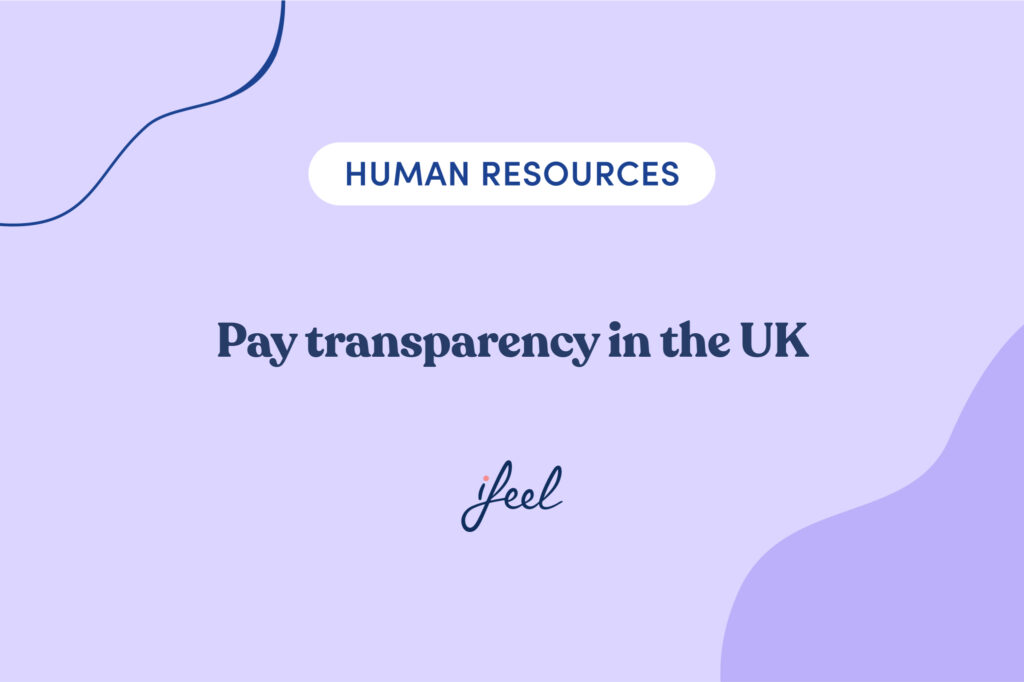Pay transparency in the UK has emerged as a pivotal topic in the realm of human resources and organisational management. As businesses strive to foster an equitable workplace environment, understanding the implications and benefits of pay transparency becomes crucial. This article explores the facets of pay transparency in the UK, its impact on enterprises, and strategic approaches for implementation.
Understanding pay transparency in the UK
Pay transparency in the UK refers to openly sharing information about salary ranges and compensation structures within an organisation. This transparency challenges traditional norms of confidentiality, promoting open dialogue between employers and employees. The key elements of pay transparency include:
- Salary bands: Publicizing salary ranges for specific roles.
- Criteria disclosure: Sharing the factors influencing pay decisions.
- Negotiation outcomes: Revealing results of compensation discussions.
Pay transparency in the UK is increasingly seen as a tool to promote fairness and address pay gaps, particularly gender and ethnicity-related disparities. Recent statistics highlight the persistent gender pay gap, emphasising the necessity for transparent practices in bridging such divides.

Benefits of pay transparency
Implementing pay transparency in the UK can yield several benefits for both organisations and employees. The advantages include:
| Benefit | Description |
|---|---|
| Enhanced trust and morale | Open communication about pay structures fosters trust between employees and management, improving motivation and engagement. |
| Reduction in pay disparities | Transparency helps identify and rectify unjust pay discrepancies, promoting workplace equity. |
| Increased accountability | Organisations are prompted to regularly review pay practices and align them with fairness standards. |
| Improved recruitment and retention | Clear pay structures attract talent and demonstrate an organisation’s commitment to equity. |
Challenges and considerations
While pay transparency in the UK offers significant advantages, it presents challenges that organisations must address:
- Privacy concerns: Balancing transparency with respect for individual privacy is crucial, as employees may feel uneasy about public disclosure of their compensation details.
- Complexity of implementation: Consistency across departments and roles must be maintained, requiring thorough planning.
- Potential for tension: Discrepancies revealed through transparency can lead to dissatisfaction, necessitating careful management.
Strategies for implementing pay transparency
Organisations looking to adopt pay transparency in the UK should consider several strategic approaches:
- Conduct a pay audit: Regularly review existing pay structures to identify discrepancies.
- Establish clear criteria: Define salary determination factors such as experience, skills, and performance.
- Communicate effectively: Develop a comprehensive plan that explains the benefits and processes of pay transparency.
- Train managers and HR staff: Equip personnel to manage transparency-related conversations and concerns.
- Monitor and adjust policies: Continually evaluate and refine transparency practices based on feedback.
Leadership actions:
- Advocate for policy improvements: Support enhancements to transparency policies.
- Promote open communication: Encourage dialogue about pay structures.
- Address disparities: Act swiftly to rectify unjust pay discrepancies.
The UK context: legal and regulatory framework
In the UK, pay transparency is supported by various legal and regulatory frameworks aimed at promoting equality. Key components include:
- Equality Act 2010: Prohibits discrimination in pay based on gender, ethnicity, or other protected characteristics.
- Gender pay gap reporting: Requires public disclosure of pay disparities for organisations with over 250 employees, ensuring adherence to ethical pay practices.
The Leadership Lens🔎
Leadership plays a crucial role in shaping the culture of pay transparency within an organisation. By advocating for transparent practices, leaders can set the tone for openness and fairness, encouraging a workplace environment that values equity. Leaders should actively support policy improvements, ensuring that pay transparency initiatives align with organisational goals and employee needs.
Moreover, leaders can foster a culture of trust by communicating openly about compensation structures and addressing any disparities with integrity and sensitivity. Through their actions, leaders can champion transparency as a core organisational value, driving its successful adoption and positive impact.
Mental health at work, one of the biggest challenges facing organisations today
Pay transparency in the UK is a powerful tool for fostering fairness and equality in the workplace. By understanding and implementing transparent pay practices, organisations can enhance trust, reduce disparities, and improve recruitment and retention. While challenges exist, strategic planning and effective communication can help companies successfully navigate the complexities of pay transparency.
To support you in this process, at ifeel we have designed a handbook on emotional intelligence for leaders, which will allow you to transform your leadership and benefit your entire organisation. Download it for free!
In addition, our clinical team provides leading companies in their sector with a dynamic, scalable and fully personalised solution, powered by AI. We have a strategy and approach based on key data to help organisations with a global presence address one of the biggest business challenges of our time: mental health at work.
This solution offers employees a mental health care service structured at different levels depending on their needs at any given time. Discover our Resources section where you will find different materials, such as webinars, podcasts, guides for human resources on current topics and interviews with leaders of large organisations.
Data-driven methodology
Our mental health solution for enterprises employs evidence-based practices and innovative methods, backed by the latest research and a network of over 600 mental health professionals. Would you like to know more about our Clinical Research Department? Don’t forget to visit this section to stay informed about the latest studies and research in mental health in corporate environments.
We hope you found this article on pay transparency in the UK interesting.
If you would like more information about the ROI of our personalised mental health solution for enterprises, simply request it here. Our team will calculate the ROI based on your enterprise’s specific characteristics.











